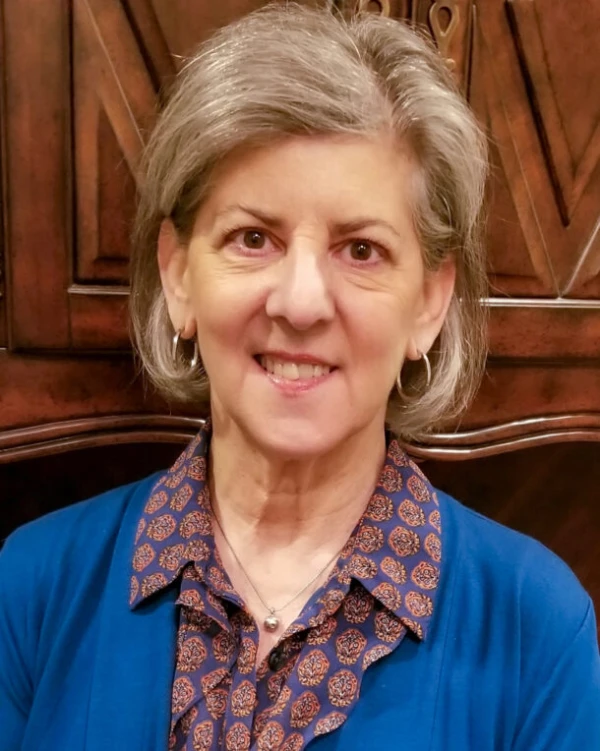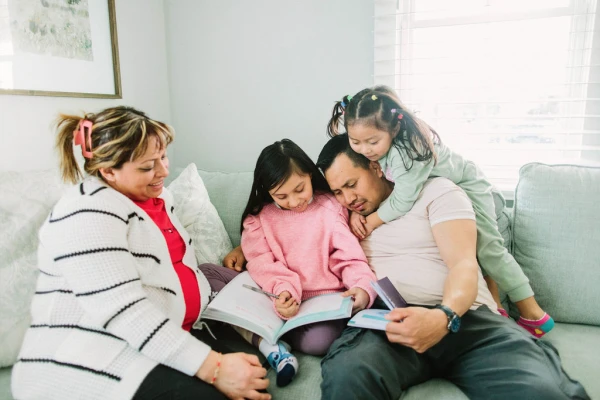Washington, D.C., May 20, 2023 / 05:00 am
Over the past two decades, autism rates have risen dramatically. According to a recent article in USA Today, in 2000, 1 in 150 children was diagnosed as being on the autism spectrum. In 2018 that number rose to 1 in 44, and just two years later in 2020 — the most recent year data is available — the rate was 1 in 36.
While experts debate the reasons for this rapid increase, parents, teachers, and those who serve children struggle to know how best to meet the needs of young people with intellectual and cognitive disabilities. This includes catechists and those who work with young people in parishes and dioceses.
This is where the National Catholic Partnership on Disability (NCPD) comes in. As a nonprofit that works with parish and diocesan leaders and the laity “to promote the full and meaningful participation of persons with disabilities in the life of the Church,” it provides trainings, workshops, and meetings; gathers and develops resources; and participates in international ecclesial conferences, according to its website.
NCPD assists Catholic publishers in offering up-to-date strategies and best practices to better catechize diverse learners via their curricula. For example, the group provided input throughout the development of Ascension Press’ “Renewed” and “Received.”
Charleen Katra, NCPD’s executive director, spoke with CNA about how the Church in the United States is meeting the sacramental needs of persons with disabilities right now.

First of all, how would you say the Church is currently doing in meeting the needs of children with disabilities and their families?
The continued increase in diagnoses does challenge our ability to share resources and offer training at a similar or faster pace. However, there is much more assistance available today than ever before.
Catholic publishers continue to commonly address the educational needs of diverse learners by offering catechists and educators helpful suggestions throughout their curricula. [We] regularly observe diocesan and parish leadership actively seeking out training and resources on many disability-related topics, such as systematic and sacramental catechesis with diverse learners, sensory-friendly Masses, parish advocate programs, and mental health ministries, to name a few.
Clergy and parishioners alike reach out as well for guidance and support. This pastoral response gives us great hope that more parish and school doors are opening to all who seek to fully belong in the Church and occasions of exclusion have lessened.
From the language that we use to the design of parish properties to programmatic planning — all are being seen now through different eyes. Appreciation for the gifts and abilities and the physical, emotional, or behavioral needs of individuals is becoming the norm. A one-size-fits-all mentality is fading away. The Church strongly desires to serve the disability community, with great hospitality, appreciating the fact that we all need one another and that we have much to learn about God from persons with disabilities.
If a parish has not put much emphasis on serving people with disabilities, where can it begin?
A parish leader seeking support would initially contact their diocesan office to identify the appropriate staff person responsible for disability ministry to receive training and resources. Frequently, this ministry is found in the catechetical or pro-life offices, though it varies. A parishioner would first seek guidance from their parish leadership for support.
On a national level, NCPD exists to serve as a resource for disability ministry in the Church. The United States Conference of Catholic Bishops (USCCB) called NCPD into existence 41 years ago. Though our primary audience is diocesan leadership, all ecclesial leaders, clergy, lay ministers, parents, and individuals can contact us directly. We are available to offer insights, training, and accompaniment so that the Church is truly a place of belonging for all persons.
How can parents share more information about their child to help a catechist better share the faith with that child?
The more parents share with their son or daughter’s catechist about their child, the better for everyone.
(Story continues below)
There are information-gathering forms that exist to assist in doing so. One that I am most familiar with is in the appendix of a book I co-authored, titled “The Adaptive Teacher: Faith-based Strategies to Reach and Teach Learners with Disabilities.” [This] tool gives the person who knows the learner the best an opportunity to be specific in listing a variety of helpful information, such as preferred learning style, mobility strengths and limitations, activities or sensory input to avoid or that is craved, emotional triggers, and calming strategies, to name a few.
If no form is available, a parent can simply provide beneficial information in writing or ask for an appointment to meet with the catechist or catechetical leader. Persons with intellectual/developmental delays often need more time to feel comfortable around new people or in new social settings. Be patient and keep the lines of communication open.

How do you know a person is ready to celebrate a sacrament if he or she doesn’t communicate verbally?
[We] recognize that all behavior is communication (e.g., signs of reverence inside a church, prayer hands/postures) and honor the symbolic nature of one’s expression of spiritual understanding.
It is important to note that catechesis is never discounted due to a disability. Learning about one’s faith and celebrating sacraments is a baptismal right of every Catholic. When resources like “Renewed” and “Received” are utilized that include lesson modifications and accommodations, and we have prepared diverse learners to the best of our ability, we proceed to the celebration of the sacrament(s). Paragraph 272 in the Directory for Catechesis states that “no one can refuse the sacraments to persons with disabilities.”
What practical tips do you have for parish leaders on catechizing persons with disabilities?
In “Renewed” and “Received,” NCPD offered the following helpful suggestions: First, when teaching abstract concepts to concrete thinkers, strive in every lesson plan to incorporate as many of the five senses as possible. Teaching in this multisensory approach will not only reach diverse learners who need this methodology, but it will also get and maintain the attention of all learners.
Secondly, using visuals frequently is another way to support diverse learners who need more time to process spoken language. Showing a picture of prayer hands when indicating that it is time to pray keeps the instructions or message visible while words will disappear.
Speaking slower is also beneficial as is being patient when awaiting a response. When learners are anxious, having a fidget to hold can help lower anxiety and allow a person to focus better. Fidgets are small handheld objects (e.g., stress ball, rosary). Have a collection of such items available. They can help prevent an emotional meltdown.
And a reminder that not all strategies work all the time or with all disabilities, but the more options provided (for ways to express/assess knowledge) the more learners will be engaged and succeed.
What about tips for parents at home?
Our aim is to support parents. They are our key resource. The more consistency is experienced between church, school, and home, the quicker progress becomes visible and better maintained for all learners, though this is especially true for diverse learners.
When it comes to a family’s Catholic identity, nothing compares to modeling — going to Mass, celebrating sacraments, involvement in parish life. Many Catholic signs and symbols easily cross over to the home — saying prayers, seeing a crucifix, having a holy card, lighting a candle, reading Scripture. Simple and small (even abbreviated acts) will be caught more than taught in the home.
For diverse learners, these are all visuals that point to God, even if words cannot be expressed verbally. Displaying pictures of the “parish family” at home helps build and maintain relationships — the pastor, catechist, musician, etc.
Free print and online resources can be found at ncpd.org, in English and Spanish, addressing a wide range of disability-related topics. On Saturday, June 10, from noon to 6 p.m. ET, NCPD is hosting a free online training for catechists titled “Tips and Tools on Disability.”






